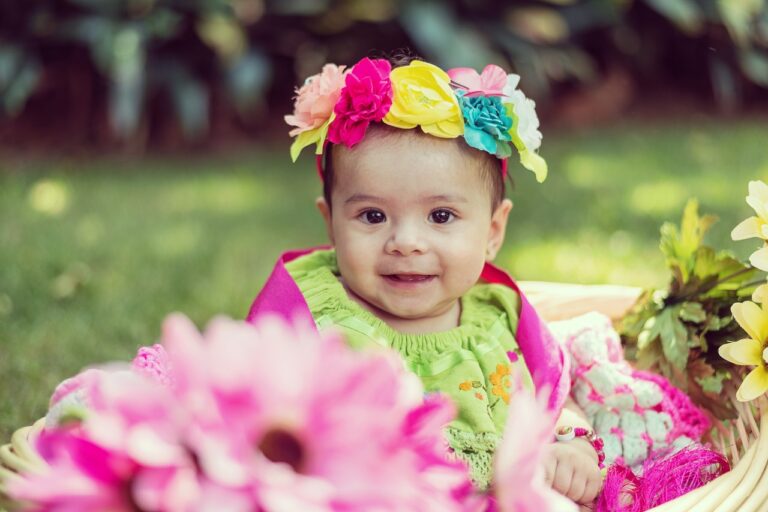The Influence of Cultural Diversity on Fashion Trends: Global Influences and Local Styles
Fashion trends have long been influenced by cultural exchange, with ideas and styles being shared and adapted across different societies. From the incorporation of intricate embroidery techniques from one culture to the use of vibrant colors inspired by another, the evolution of fashion has been shaped by the interconnectedness of diverse traditions and influences.
As societies become more globalized, the exchange of fashion trends has accelerated, leading to a fusion of styles and aesthetics from around the world. This cross-pollination of ideas has resulted in innovative new looks that draw on a rich tapestry of cultural heritage, creating a dynamic and ever-evolving landscape in the fashion industry that continues to push boundaries and defy conventional norms.
The Impact of Traditional Dress on Modern Fashion
Traditional dress from various cultures has become a prominent source of inspiration for modern fashion designers worldwide. Elements such as intricate embroidery, vibrant colors, and unique silhouettes have made their way onto runways and into mainstream fashion. The fusion of traditional attire with contemporary designs has created a diverse and innovative fashion landscape, celebrating the rich heritage and craftsmanship of different cultures.
Incorporating traditional dress into modern fashion not only pays homage to cultural roots but also serves as a means of preserving tradition in a rapidly evolving industry. Designers often reinterpret traditional garments, adding a modern twist to create pieces that resonate with a global audience. This exchange between tradition and modernity not only breathes new life into fashion but also fosters a greater appreciation for diverse cultural heritages.
• Traditional dress from various cultures has influenced modern fashion
• Elements like intricate embroidery, vibrant colors, and unique silhouettes are now seen in mainstream fashion
• The fusion of traditional attire with contemporary designs has created a diverse and innovative fashion landscape
• Incorporating traditional dress into modern fashion helps in preserving cultural traditions
• Designers often reinterpret traditional garments to create pieces that resonate with a global audience
Fashion as a Reflection of Cultural Identity
Throughout history, fashion has played a pivotal role in expressing the rich cultural identity of diverse communities worldwide. From the vibrant textiles of Africa to the intricate embroidery of South Asia, clothing serves as a powerful vehicle for transmitting traditions, beliefs, and values across generations. Every stitch, color, and style of attire is intricately woven with the tapestry of cultural heritage, offering a glimpse into the identity and ethos of different societies.
The evolution of fashion trends is a dynamic process fueled by the interplay of tradition and innovation, blending the old with the new to create a unique sartorial language. As the world becomes increasingly interconnected, cultural exchange has become a driving force behind the fusion of styles from various regions, resulting in a global tapestry of fashion diversity. From runway shows to street style, fashion continues to be a canvas for individuals to showcase their roots and cultural affiliations, celebrating the richness of human creativity and heritage.
How does cultural exchange influence fashion trends?
Cultural exchange introduces new styles, materials, and techniques to the fashion world, leading to the evolution of trends that incorporate diverse cultural elements.
Why is traditional dress important in shaping modern fashion?
Traditional dress serves as a source of inspiration for designers, influencing the colors, patterns, and silhouettes seen in modern fashion collections.
How does fashion serve as a reflection of cultural identity?
Fashion allows individuals to express their cultural heritage and values through clothing choices, showcasing their identity to the world.







